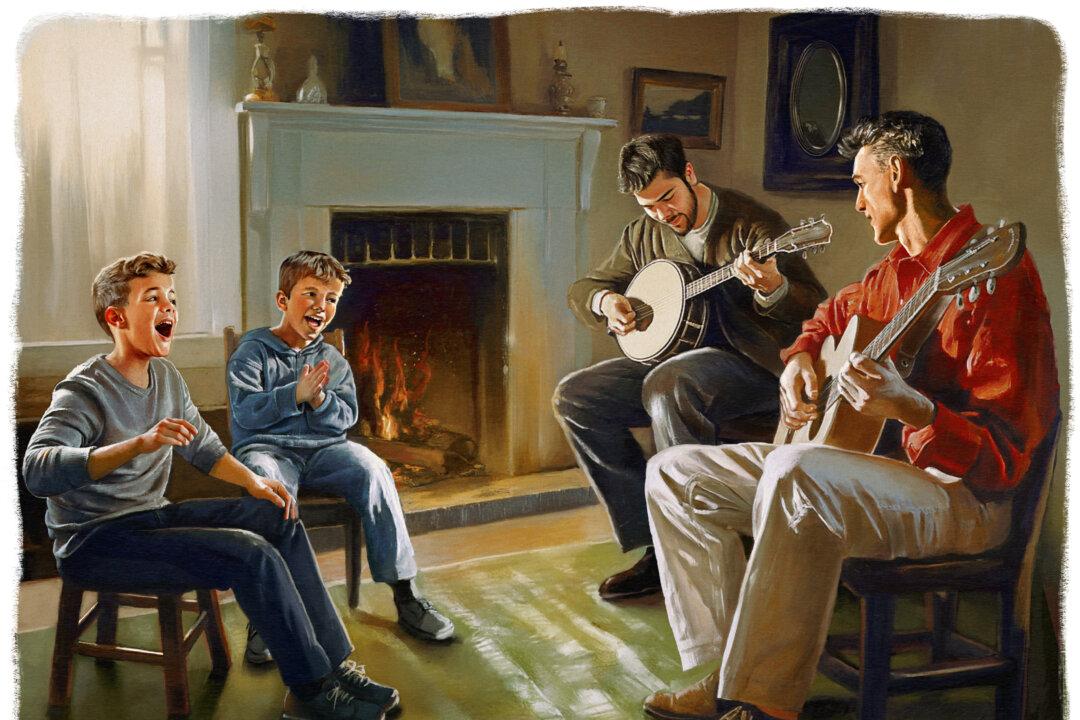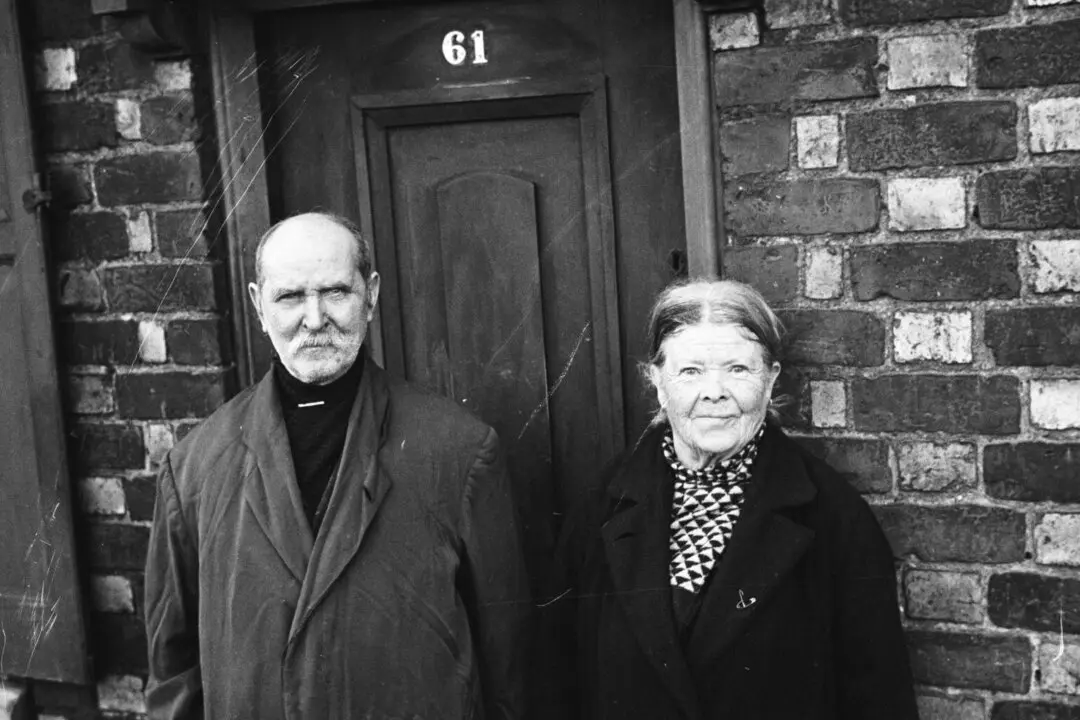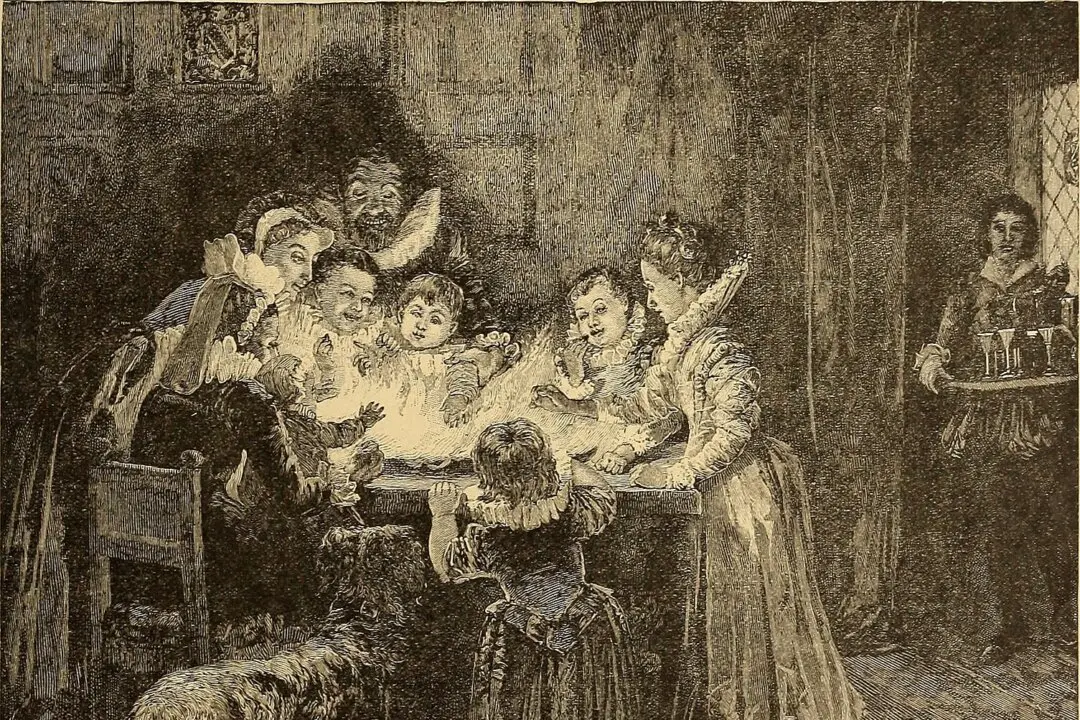Who sings together as a family anymore? Almost no one. Yet this activity was once considered an essential part of domestic and familial life—so essential that no one gave it special thought. Welsh poet Dylan Thomas’s 1955 work “A Child’s Christmas in Wales”—itself set in an earlier time—finishes with a delightful, nostalgic description of Christmas music in the home:
“Always on Christmas night there was music. An uncle played the fiddle, a cousin sang ... and another uncle sang. ... Looking through my bedroom window, out into the moonlight and the unending smoke-colored snow, I could see the lights in the windows of all the other houses on our hill and hear the music rising from them up the long, steadily falling night.”






